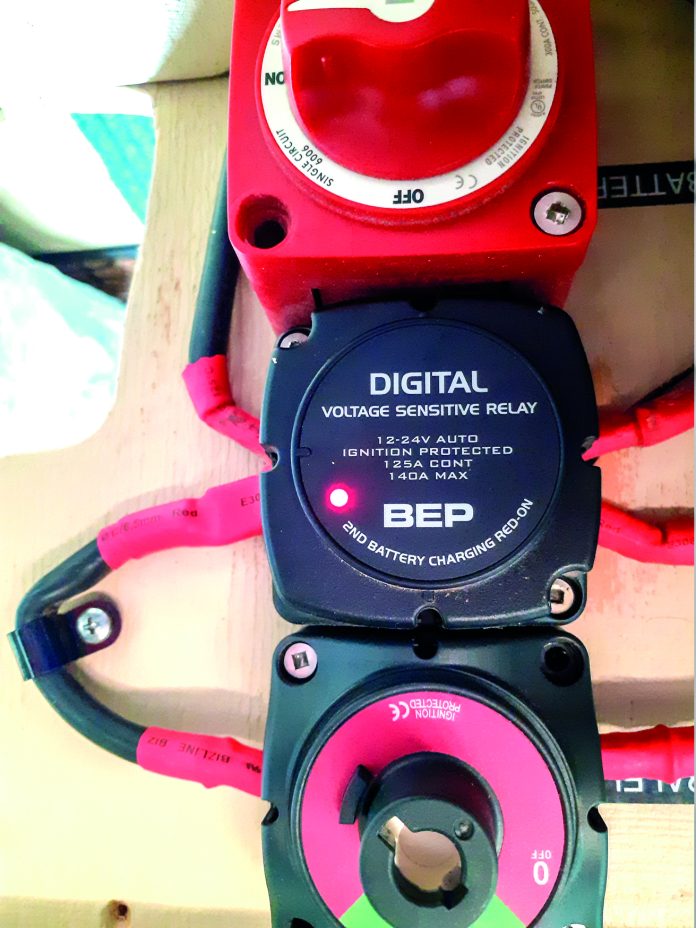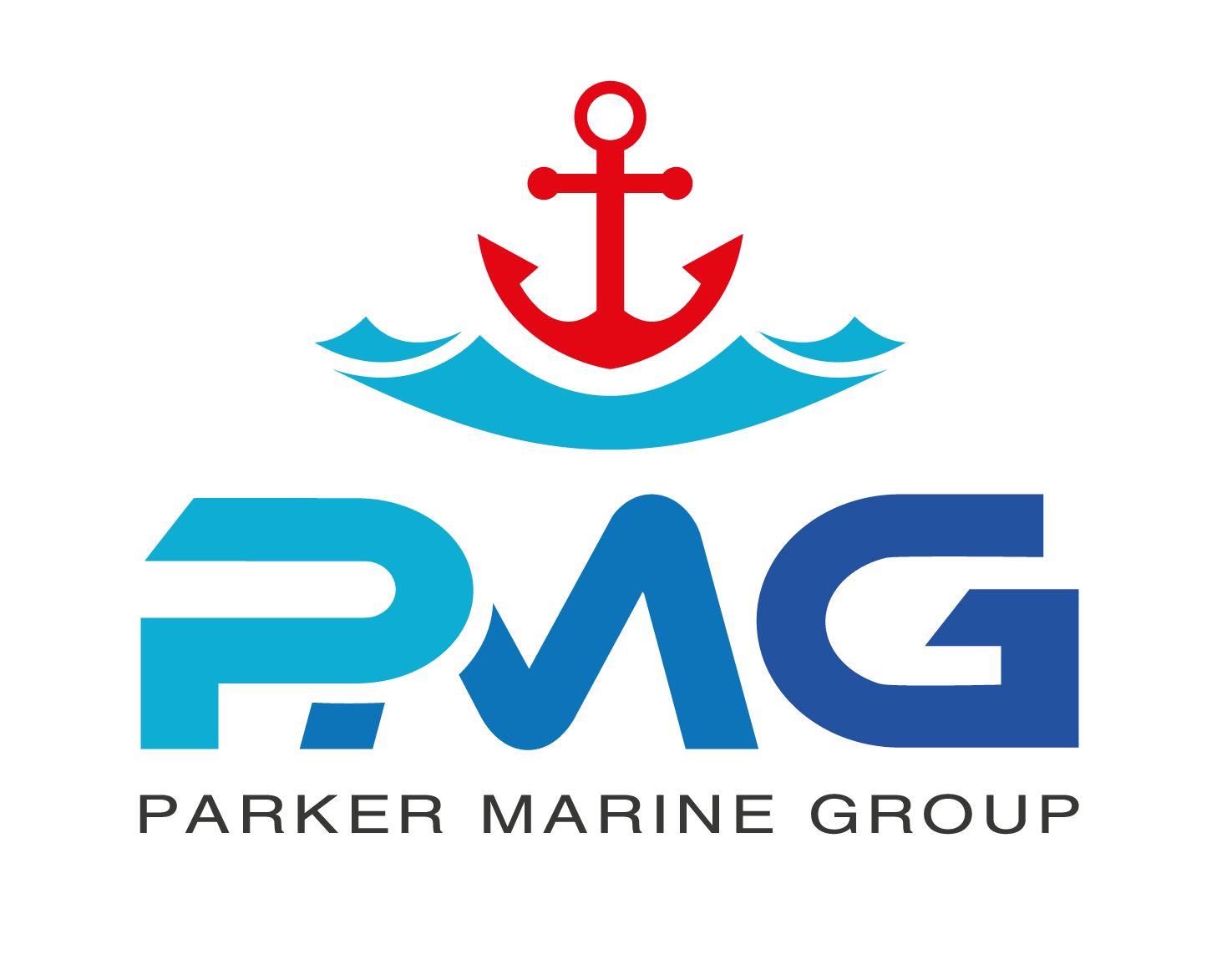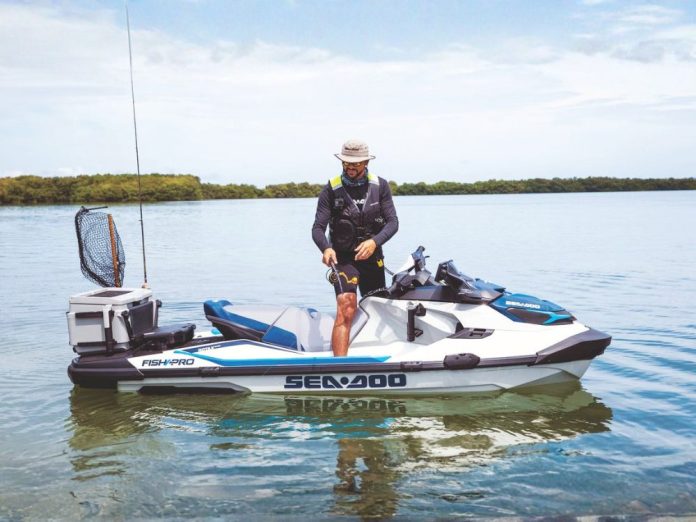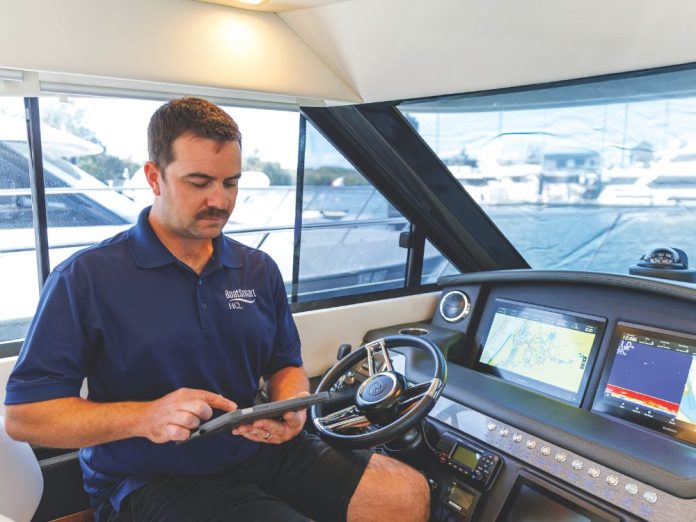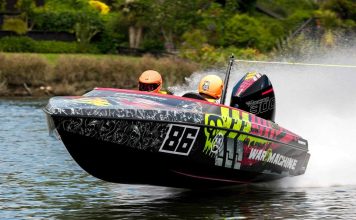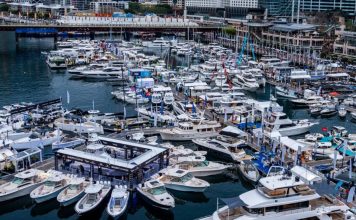A good example of someone not understanding battery charging and voltage levels was an
incident that occurred a few years ago when we were camping with friends in a remote area. I was visiting their campsite when the husband announced that their 12-volt fridge wasn’t working and he couldn’t understand why it would not run, because the battery charge still showed 11 volts.
My advice to him was to start a generator and immediately recharge the battery because the battery must never be allowed to fall below 12.2 volts. He did not take my advice, and it might have been too late by the time I saw what he had done anyway. He recharged the battery sometime later, but too late – the fridge compressor motor was already burned out.


Why did this happen? Electrical power is volts (‘pressure’ that can be likened to the pressure exerted by a pump, or to ‘head’ pressure of water stored in an elevated water tank) multiplied by amps, which is the current that is flowing, like the water current in a river.
In the case of an electric motor, or any inductive load, if the voltage falls, the current must rise for the motor to keep delivering the same power. As the speed of the current flow increases, wiring begins to heat up and gets ever hotter as the battery voltage falls until the motor eventually burns out.
For this reason, it is important to keep batteries properly charged and to have a correctly-rated overload/circuit breaker protecting all equipment. No protection or incorrectly-rated protection could easily result in a fire.
The best way to ensure that batteries are correctly and optimally charged is to charge them via a ‘smart’ regulator. Smart alternator regulators monitor battery voltage and battery temperature, allowing them to set higher charge rates without overcharging or overheating the battery/ies.
Unfortunately, most auto electricians do not deal with batteries in these ‘cycling’ applications and therefore do not understand what I am describing. A motor vehicle battery is used for a few seconds to start the engine and is then on charge the entire time the engine is running.
A lead-acid battery must never be allowed to fall below 12.2 volts, which represents a battery at 50% charge level.
Smart voltage regulators and how they work
Smart voltage regulators are necessary items for efficiently charging batteries in boats and motor homes.
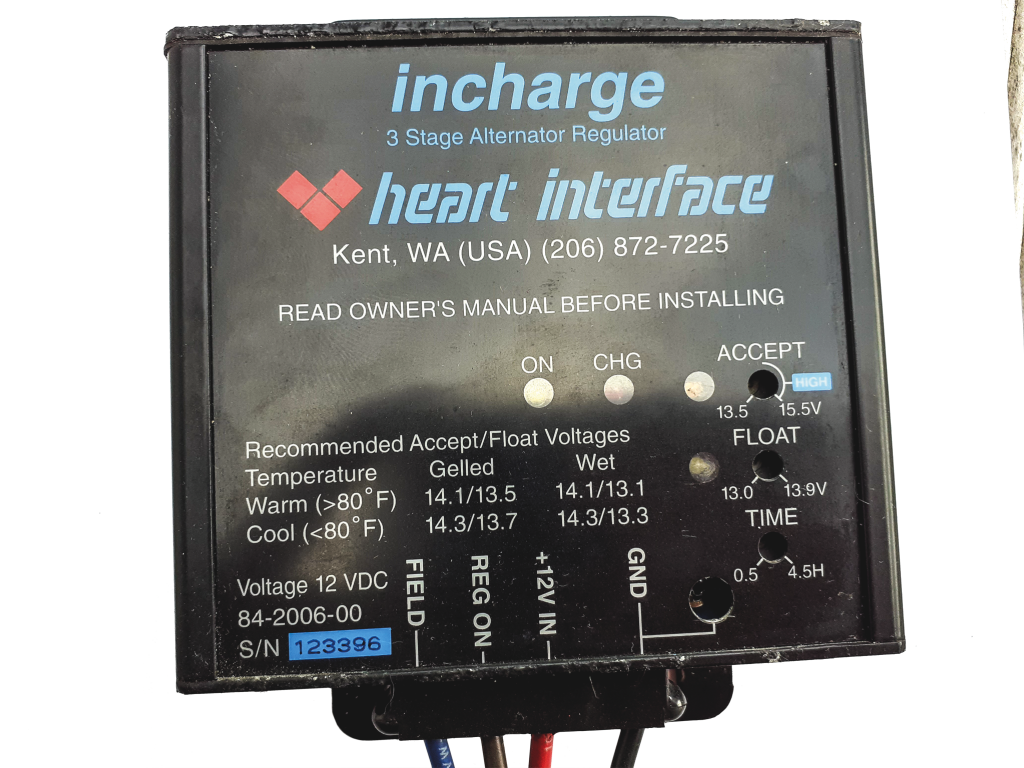
Without a smart regulator, an alternator will charge a battery at a constant voltage of around 12.6 volts. As the battery voltage rises, the charge rate will reduce in a similar way a flow of water from one water tank to another will. If one tank is full to start with and the other is empty, and there is a pipe connecting the bottom of the two tanks with a valve (or tap), when the valve is opened, water flows from one tank to the other due to the difference in ‘head’ pressure. But that flow reduces at an incremental rate and eventually stops when the water level in both tanks is the same.
When a battery is being charged at a fixed charge voltage, the charge current (the speed at which the charge is flowing) will continually reduce as the battery voltage increases. and rises closer to the output voltage of the charger. This results in the last (and most important) part of the charge taking a very long time. In addition to this, the voltmeter will be showing the charge voltage of 12.6 volts, giving the impression that the battery is fully charged.
The solution to this problem is a ‘Smart’ voltage regulator. A smart
regulator will monitor not only the battery voltage but also the current flow into the battery and the battery temperature. Being able to monitor these will allow the smart regulator to set higher rates of charge without overheating or overcharging the battery.
This is the best way to charge deep-cycle house batteries.








